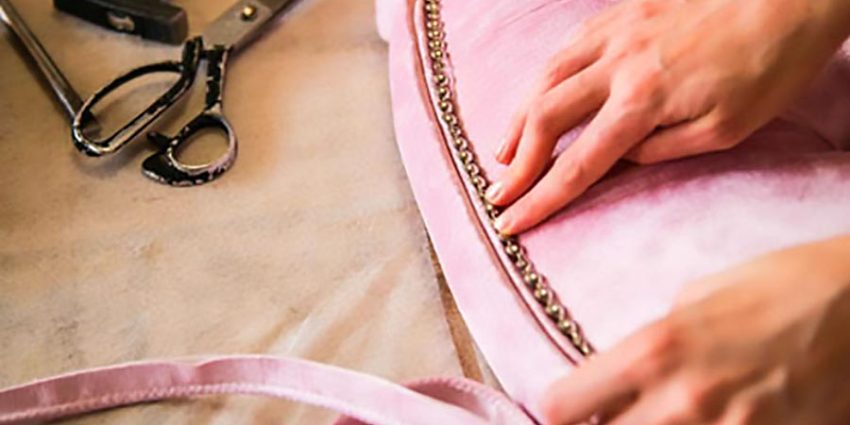Dive into the toolbox of the past, and you’ll find more than just tools—you’ll discover a rich legacy that threads through the fabric of time, connecting modern upholsterers to their craft’s storied history. These antique tools, with their forged iron and worn handles, aren’t just relics; they’re the forebears of today’s sophisticated gadgets. In this journey, we explore how these ancient artifacts shaped the trade and continue to influence it today.
The Origins of Upholstery Tools
Imagine a craftsman, centuries ago, working by candlelight, with tools not so different from what we use today. The tack hammer, webbing stretcher, and sewing needles have been upholstery staples for generations. Originally crafted from available materials like wood, iron, and steel, these tools were often made to order by skilled blacksmiths who tailored their designs to the upholsterer’s specific needs. Early versions of these tools were rudimentary yet effective, laying the groundwork for the sophisticated designs we see today.
To truly appreciate these tools, one must consider the visual progression from their humble beginnings to their current forms. Pictures of these antique tools not only show their evolution but also highlight the ingenuity of early craftsmen.
Craftsmanship in Tool Making
The transition from hand-forged to machine-made tools marks a significant chapter in the history of upholstery tools. This shift didn’t just change how tools were made; it transformed their quality and design. In the hands of adept blacksmiths, each hammer, awl, and chisel was unique, infused with the marks and personality of its maker. As machines took over, uniformity and efficiency increased, but at the cost of that personal touch.
Despite this, the essence of craftsmanship never waned. Antique tools are revered not just for their functionality but for their design and durability—qualities that many modern toolmakers still strive to emulate.
Evolution of Tool Design
As furniture styles evolved, so too did the tools needed to create them. The intricate carvings of the Baroque period demanded different chisels than the sleek lines of Art Deco pieces. Each era’s aesthetic shifts were mirrored by innovations in tool design, allowing craftsmen to achieve the precise look and feel demanded by the trends of their time.
Case studies of tools like the clinch cutter, which has evolved from a basic form to something more ergonomically sophisticated, illustrate this dynamic evolution. These stories not only document the history of the tools themselves but also reflect broader changes in technology and taste.
Antique Tools Today
Even in our modern workshops, the allure of antique tools endures. Many upholsterers treasure these old instruments for their quality and connection to the past. The collector’s market thrives not just on the rarity of these items but on their stories and the enduring quality of their construction.
Conversations with craftsmen who still use these tools daily reveal a blend of nostalgia and practicality. For them, antique tools are not museum pieces but participants in a living tradition.
Preserving the Legacy
Preserving antique upholstery tools is as much about honoring history as it is about appreciating art. Museums and private collectors alike play a crucial role in keeping this heritage alive. They not only collect and care for these tools but also share their stories, providing insight into the past for future generations.
For enthusiasts looking to start their own collections, tips on restoration and maintenance can help ensure that these old tools are more than just display pieces—they’re part of a continuum that stretches into the future of upholstery.
Lessons for Modern Toolmakers
The enduring relevance of antique tools offers valuable lessons for today’s manufacturers. At C.S. Osborne, we draw on this rich history to inform our own tool designs, blending traditional craftsmanship with modern technology. This approach ensures that our tools not only meet contemporary needs but also honor the legacy of the artisans who came before us.
Conclusion
Our exploration of antique upholstery tools closes the loop between past and present, showing us that these tools do more than shape materials—they shape the trade itself. Understanding and appreciating this legacy is essential for any modern upholsterer who seeks not just to work with fabric and frame but to weave their own thread into the rich tapestry of upholstery history.
Join the Conversation
Do you have an antique upholstery tool with a story to tell? Share it with us! Visit the C.S. Osborne website to delve deeper into the craftsmanship behind our tools, and consider visiting local antique shops or shows to discover the tactile history of upholstery tools. Your next tool could be a bridge to the past, enhancing your work with a touch of tradition.

